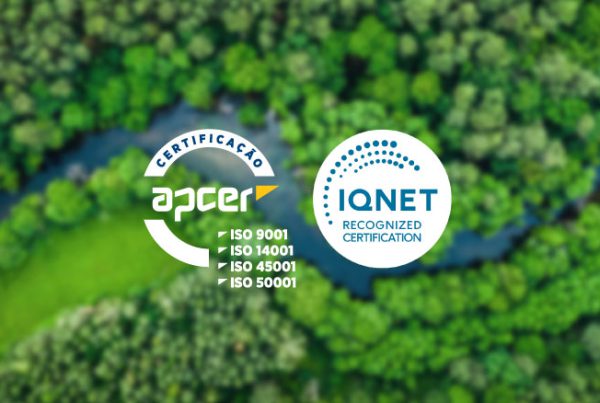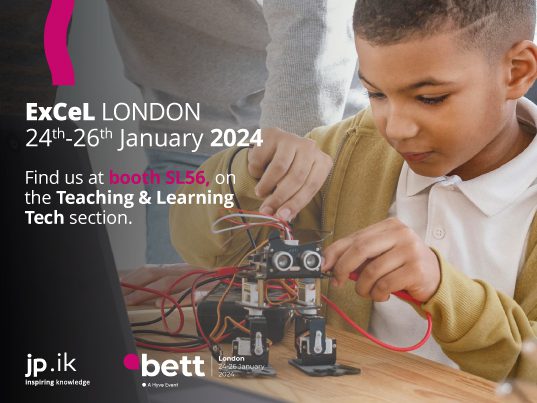Educational technology initiatives often talk about developing “digital mindsets†in teachers, students and school directors. More often than not that typically means knowing how to use technology, understanding its benefits and using it to improve daily processes, key activities, and above all teaching and learning.
These are certainly important attributes of a digital mindset, but I think having a digital mindset is broader than that. Rather, it is about the attitudes, values and behaviors that help people within an education system get the most out of educational technology investments and use technology in the best way possible.
Below, I offer what I’ve found to be five critically important attributes of a digital mindset and ways we can help educational technology adopters develop these mindsets.
1. Have a vision
As the old adage says, if you don’t know where you are going, you’ll end up somewhere else. One of the biggest mistakes I see in educational technology programs is a lack of vision for technology use. A well-defined and clearly articulated vision developed by all stakeholders (including teachers, students, and parents) provides coherence to a technology program and serves as an organizing framework within which all goals, technology procurement, policies, actions, and instructional activities can be developed, and against which results can be evaluated (Burns, 2019).
2. Know how to unlearn
“Unlearn� Surely this is a typo? Not at all. We know that it is important to help teachers learn how to use technology and how to use it for planning, instruction and assessment. But to help deeply teachers (and principals) embrace new skills, values and beliefs for teaching with technology, we have to help them unlearn old beliefs, practices and habits, and learn and relearn the skills, beliefs, and values that help teachers and principals use technology to make meaningful educational improvements.
The only thing that is harder than learning something new, is unlearning something old (Ackoff, 1974). To help teachers in this process, we must help them identify what they don’t know, change their mental models to embrace new models, and provide lots of support and time to make this happen. One important way to promote learning/unlearning is through professional learning that emphasizes practice and reflection. Through practice, beginners in educational technology adoption can improve their teaching practice to make it more consistent with that of successful, experienced practitioners (Schon, 1987). Through reflection, teachers can tie together changes in their practice, beliefs and values.
3. Give up control
In traditional classrooms, the teacher is the locus of all control. The teacher enacts the curriculum, designs lessons, sets the pace of learning, manages instruction, controls what students do and acts as the gatekeeper of knowledge. But technology shifts that paradigm.
The Internet can provide more content knowledge than the teacher or any textbook, and when students use technology, they often learn content, formulate ideas, work at a pace, and create products that go well beyond the parameters of classroom activities or the curriculum.
Teachers’ struggle to give up control is one of the biggest impediments to changing practice. Many teachers fear that using technology and more student-centered practices can result in chaos and that this chaos will negatively impact student learning.
Teachers who have successfully adopted technology know that they still establish the culture and climate of the classroom and provide students with a lot or autonomy and room for self-expression and creativity with technology. But getting there takes time and teachers need support and time to make this happen (Heath, Burns, Dimock, Burniske, Menchaca, & Ravitz, 2000).
4. Understand change
If governments or schools spend a lot of money to put technology in the hands of teachers and students, then it is fair to say they expect to see some kind of change. Change is a complex process and to get the best out of our educational technology investments, we have to understand some of the characteristics associated with the change process. This way, we can manage expectations; make more informed decisions about how to help teachers better integrate technology into their own teaching; understand who needs supports and how much and when. A few points to keep in mind:
- Take a long-term view toward change: Technology changes rapidly but human beings and organizations tend to resist change or embrace it slowly (most research says 5-7 years).
- Provide teachers equal amounts of pressure and support: Teachers need to know that they will be expected to change their practice using technology. But this pressure must be combined with lots of support—human, material, logistical, instructional and emotional. Pressure without support equals frustration and no improvement.
- Change is not linear: Change is a very uneven journey. In fact, researchers speak of “implementation dips.†Teachers are doing fine, grasping the idea of active learning with technology and… suddenly they regress, slip back into old habits or give up. This is completely normal and it’s why a support person is essential to help keep teachers on course.
- Not every teacher will react to technology in the same way: Some will embrace technology; others will reject it. In working with teachers, it is important to understand that there are “change types†who will exhibit similar patterns of behavior toward a proposed change (Rogers, 1995). Of course, not every person falls neatly into such categories, but knowledge of such change types is useful.
Teachers will approach the use of technology with a number of concerns. The concerns vary in stages from how something (e.g., the computer) affects them (self-concern) to how they can use it (management) to how it fits with their teaching (adaptation). By identifying the teacher’s level of concern, you can better target assistance to the teacher (Hord et al. 2006).
5. Learn from failure
Somewhere, somehow some part of your technology program will inevitably fail. Failure is not always bad; it can be beneficial and healthy, but only if you don’t hide it, you acknowledge it, and you, your organization and the people in your education system learn from it and try to correct it. That may be the biggest challenge of all of these. New technologies promise more efficient ways of working, interactive ways of learning, and creative ways to communicate information and engage in experiences. But education systems can only capitalize on technology’s potential if they help everyone in the system—teachers, principals, administrators, parents and students—understand its potential, learn to learn and teach in ways that capitalize on this potential, be cognizant of the changes that technology will spawn, and learn from failure—as well as success.
References:
Ackoff, R.L. (1974). Redesigning the Future. New York, NY: John Wiley Press.
Burns, M. (Forthcoming, 2019). For want of a good theory: Considerations for technology integration in well-resourced schools. In A Closer Look at Educational Technology. New York, NY: Nova Science Publishers.
Heath, M., Burns, M., Dimock, K.V., Burniske, J., Menchaca, M., & Ravitz, J. (2000). Applying Technology to Restructuring Learning. Retrieved from https://files.eric.ed.gov/fulltext/ED448977.pdf
Hord, S.M., Rutherford, W.L.,Huling-Austin, L. & Hall, G.E. (2006). Taking Charge of Change. Austin: Southwest Educational Development Laboratory.
Rogers, E. (1995). Diffusions of Innovations, 4th ed. Free Press. Schon, D. A. (1987). Educating the Reflective Practitioner: Toward a New Design for Teaching and Learning in the Professions. San Francisco, CA: Jossey-Bass.

Mary Burns is a senior technology and professional development specialist at Education Development Center in Waltham, MA. For the past 22 years, she has worked in every continent across the globe helping Ministries of Education, school districts, schools and universities plan for and adopt technology and has worked with teachers and teacher educators to successfully integrate technology.
Contact her at mburns@edc.org or at mary.burns@gmail.com.



